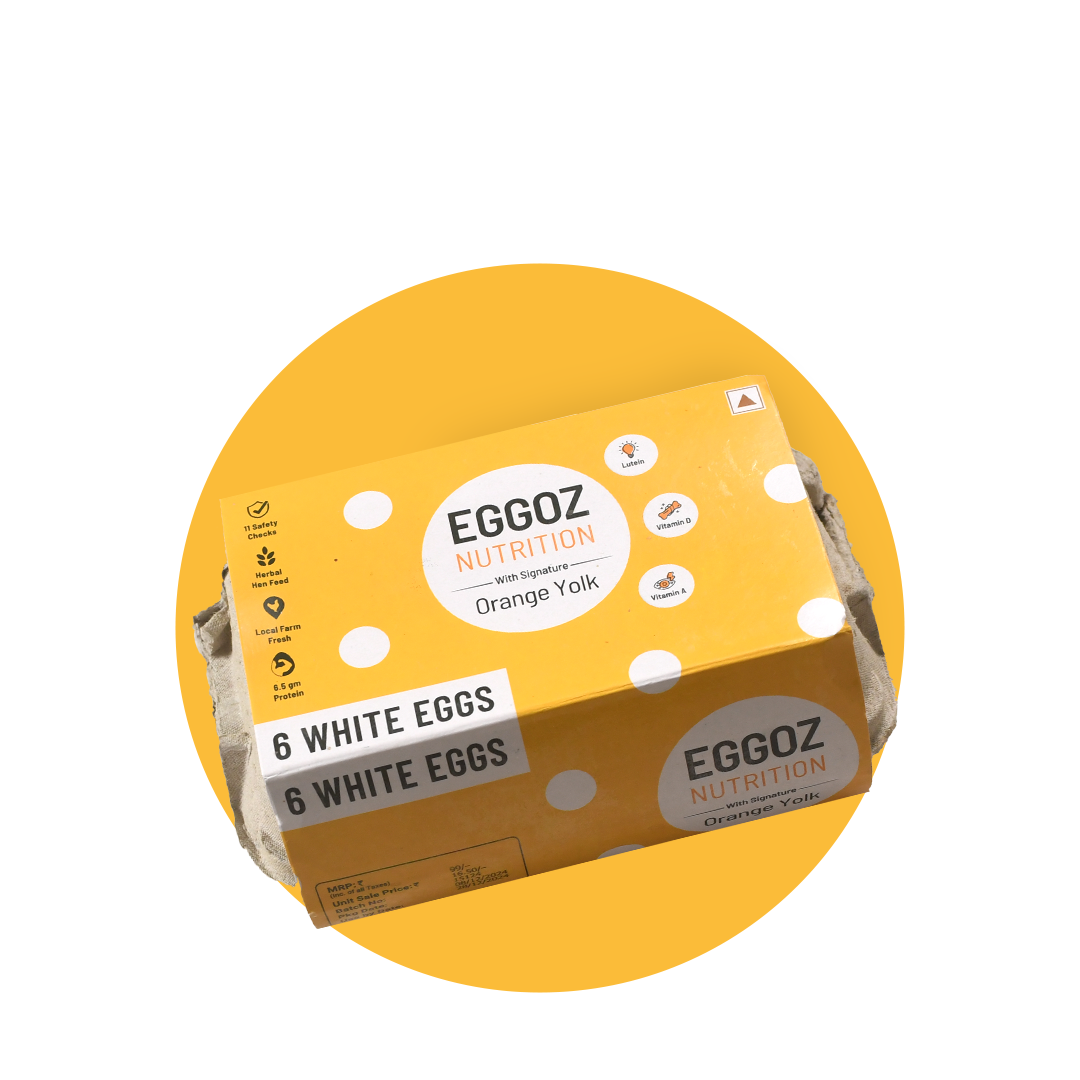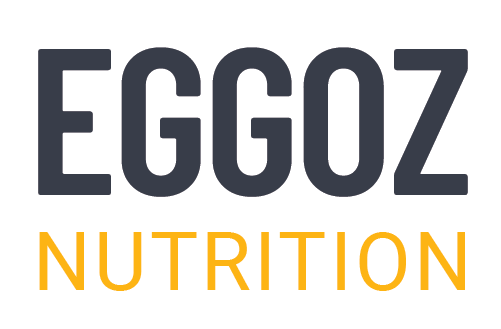Whisking eggs might seem simple, but it's an art that can transform your culinary creations from good to great.
Whether you're an aspiring chef or a home cook, knowing the best way to whisk eggs is essential. Freshness is vital, so consider using farm fresh eggs, whether white or brown, which you can easily buy online.
This blog explores three effective methods to whisk egg whites, ensuring your beating and whipping techniques are top-notch.
1. The Timeless Charm of Hand Whisking
Whisking eggs, particularly the whites, is a foundational culinary skill that elevates simple ingredients into culinary masterpieces. While there is a best way to whisk eggs, the traditional hand-whisking method holds a special place in the hearts of cooking enthusiasts.
A. Gathering the Essentials
To begin, you need a few essential tools: a good quality whisk, preferably with a comfortable grip; a clean, dry, and preferably shallow bowl; and, most importantly, fresh eggs. The freshness of the eggs is paramount - older eggs tend to have runnier whites, which are more challenging to whisk to the desired consistency.
B. The Art of Separating Egg Whites
The first step in hand whisking is to separate the egg whites from the yolks. Crack the egg on a flat surface and gently transfer the yolk back and forth between the two shell halves over a bowl, allowing the white to fall into the bowl. Some prefer to use their clean hands as a filter, letting the white slip through their fingers while catching the yolk.
C. The Whisking Technique
In your bowl, whisk egg whites. The key is to whisk briskly and consistently. Initially, the whites will be frothy and bubbly. As you continue, they will start to thicken. The motion is crucial - a steady, circular motion, ensuring that air is incorporated throughout the whites, is what you aim for. As the whites thicken, you must increase your speed and intensity.
D. Tips for Optimal Results
- Room-temperature egg whites whisk better than cold ones.
- Use a metal or glass bowl, as plastic can retain traces of fat or grease.
- Patience is vital – don't rush the process, as the air needs time to incorporate into the whites.
2. The Efficiency of Electric Mixers
For those who want to save time or need to whisk a larger quantity, an electric mixer, either a hand-held one or a stand mixer, comes to the rescue. This method is less labour-intensive and provides more consistent results, especially when dealing with multiple eggs.
A. Setting Up Your Electric Mixer
First, make sure your mixer is clean and dry. Attach the whisk attachment and place your egg whites in the mixing bowl. Farm fresh eggs will give you a better volume and structure due to their freshness.
B. The Whisking Process
Start your mixer quickly to prevent the egg whites from splashing out. Whisk egg whites, as the whites begin to froth, they gradually increase their speed. The electric whisk will do the hard work for you, circulating air quickly and efficiently through the whites. An electric mixer forms soft to stiff peaks faster than manual whisking.
C. Achieving the Perfect Consistency
Keep an eye on the texture of your egg whites. Once they start forming soft peaks, check frequently. The whites should stand up firmly for stiff peaks without drooping when the whisk is lifted. Over-whisking can lead to dry, grainy whites, which are less ideal for most recipes.
D. Tips for Using an Electric Mixer
- Avoid overfilling the bowl; give the whites enough space to expand.
- Clean and dry equipment is vital to prevent grease from hampering the whisking process.
- Be vigilant to avoid over-beating, as it's easier to do with an electric mixer.
3. Beating Whole Eggs to Form Ribbons: The Comprehensive Guide
Beating whole eggs to the ribbon stage is a crucial technique in culinary arts, especially in baking and making custards. The technique involves beating whole eggs (yolks and whites together) with sugar until they become thick, pale, and voluminous, forming what is known as a 'ribbon'.
A. Setting Up for Success
The quality of eggs plays a significant role in the outcome. Use 100% farm fresh eggs for the best results. You'll need a whisk or an electric mixer, a large mixing bowl, and sugar for this method. The proportion of sugar to egg is crucial; typically, recipes call for about 1 to 2 tablespoons of sugar per egg. The sugar not only adds sweetness but also helps stabilise the mixture.
B. The Beating Process
Begin by cracking the eggs into your bowl. Add the sugar and start whisking vigorously. If using an electric mixer, start at a medium speed and gradually increase to high. The goal is to incorporate as much air as possible into the eggs. As you beat, the mixture will become lighter in colour and increase in volume.
C. Achieving the Ribbon Stage
You'll know you've reached the ribbon stage when the mixture falls off the whisk or beaters into thick, smooth ribbons that briefly hold their shape before dissolving back into the mixture. This process can take 5 to 10 minutes, depending on the number of eggs and the speed of your whisking.
D. Tips for Optimal Results
- Ensure your eggs are at room temperature for better volume.
- Use a large bowl to give the eggs enough space to expand.
- Be patient and consistent in your whisking to achieve the desired texture.
Conclusion
In the culinary journey of mastering egg whisking, we've explored three distinct techniques. Each method serves a specific purpose and brings unique texture and airiness to various dishes.
Choosing the right eggs is as crucial as the method itself. Eggoz offers 100% farm fresh eggs sourced responsibly and ensures superior taste and nutrition. Whether you're whisking egg whites to stiff peaks or beating whole eggs to the ribbon stage, the freshness and quality of Eggoz eggs can make a significant difference in the outcome of your dishes.
FAQs
Q: Why are fresh eggs recommended for whisking?
A: Fresh eggs have tighter whites and yolks, which hold their structure better. This quality is essential for achieving the right consistency, whether aiming for stiff peaks or the ribbon stage. Eggoz eggs, known for their farm fresh eggs, can enhance this aspect of your cooking.
Q: Which whisking method is most suitable for beginners?
A: For beginners, using an electric mixer is the most suitable method. It's user-friendly and requires less manual effort compared to traditional hand whisking. The electric mixer provides consistency and speed, making it easier to achieve the desired results,
Q: Is there a noticeable difference in whisking using white or brown eggs?
A: Nutritionally and functionally, there is no significant difference between white and brown eggs. The choice often comes down to personal preference or availability. Eggoz provides both options, allowing you to choose according to your preference.


